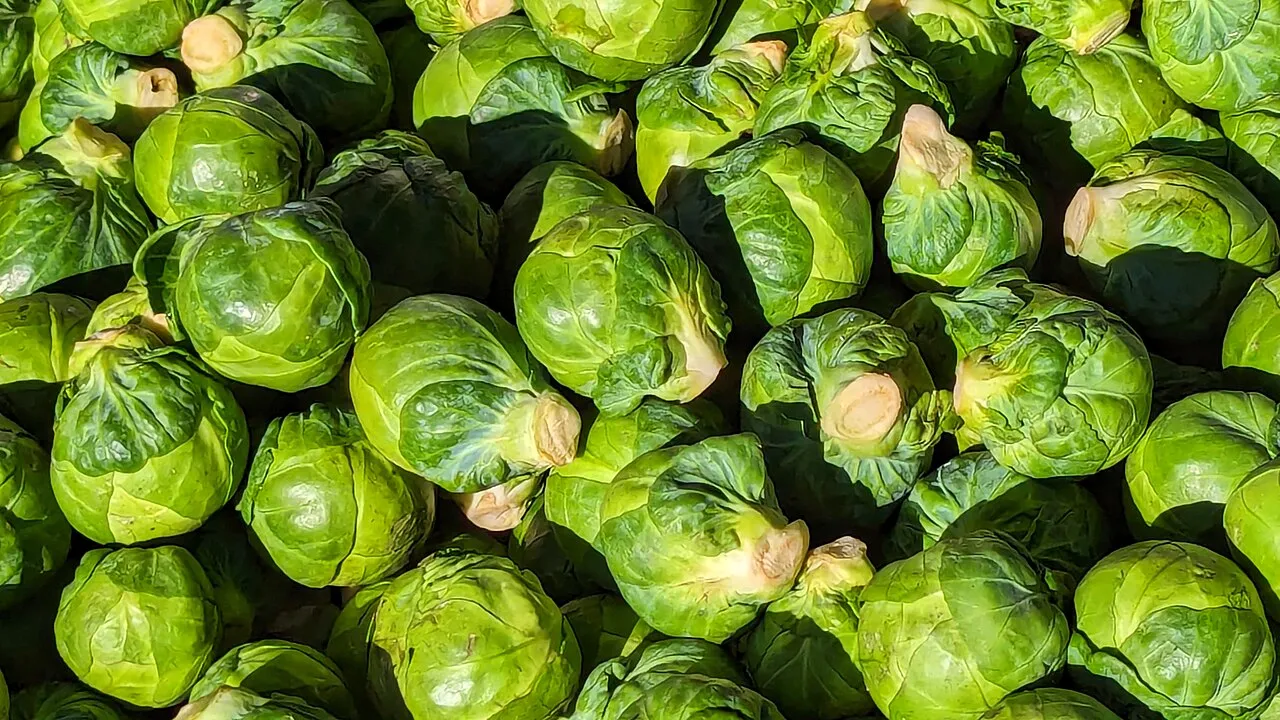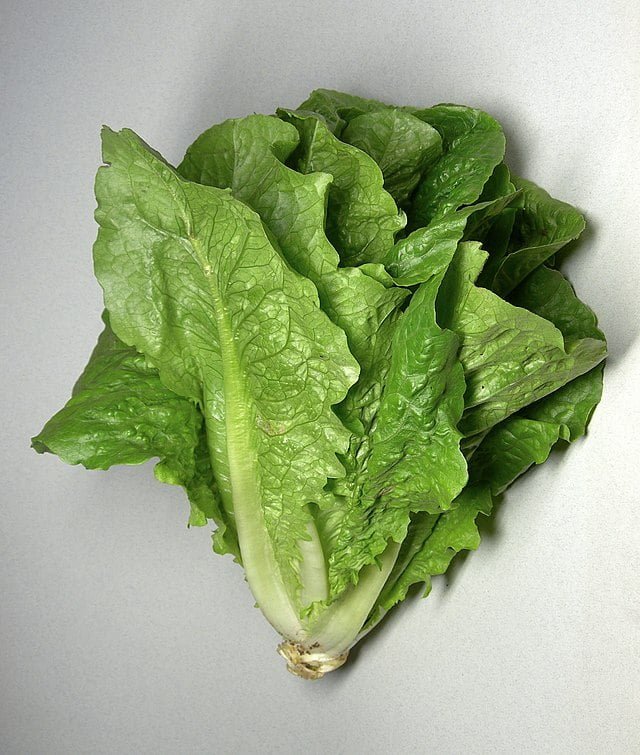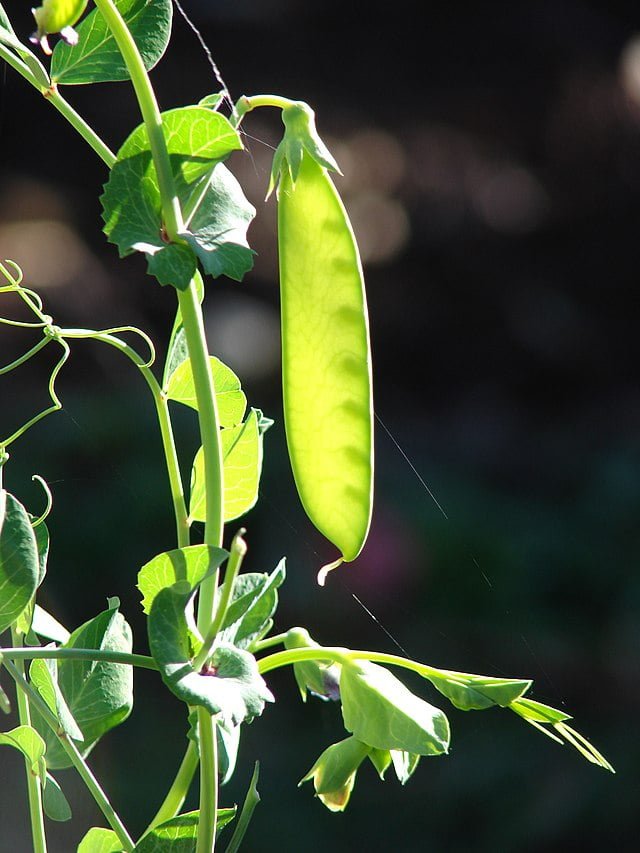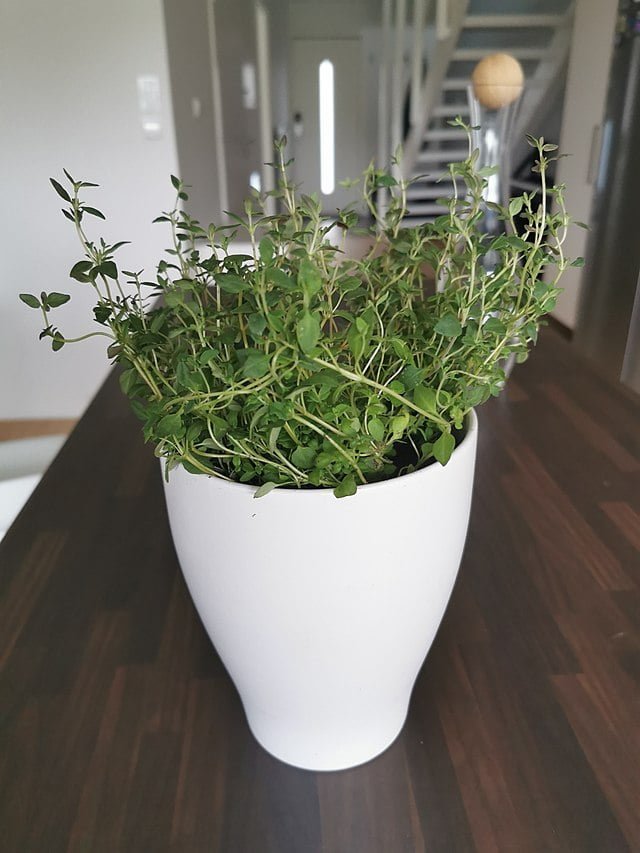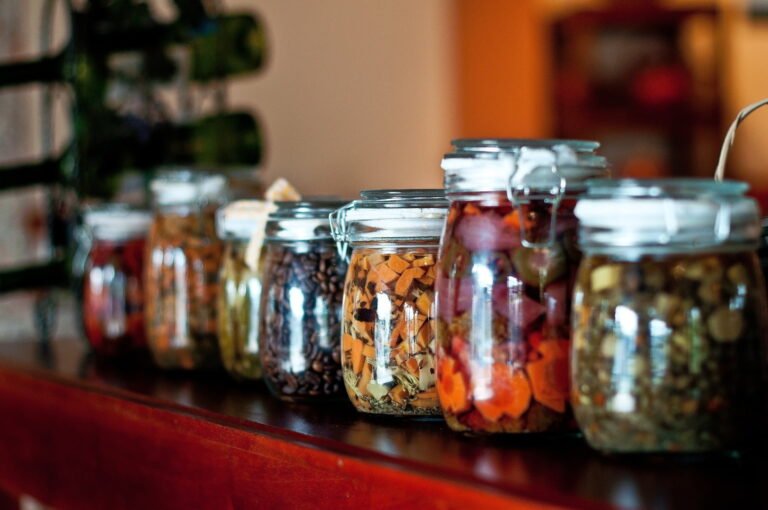Cultivating Brussels Sprouts: Guide to Growing Brussels Sprouts
Brussels sprouts, with their compact green orbs lining a sturdy stalk, are a sight to behold in the garden and a delight on the dinner table. Belonging to the Brassica family, alongside broccoli, cabbage, and kale, Brussels sprouts are not only a culinary favourite but also packed with vitamins and minerals. This guide will walk you through the process of growing Brussels sprouts, from seed to harvest, ensuring you can enjoy these healthy, flavourful vegetables from your own backyard.
Growing Brussels Sprouts
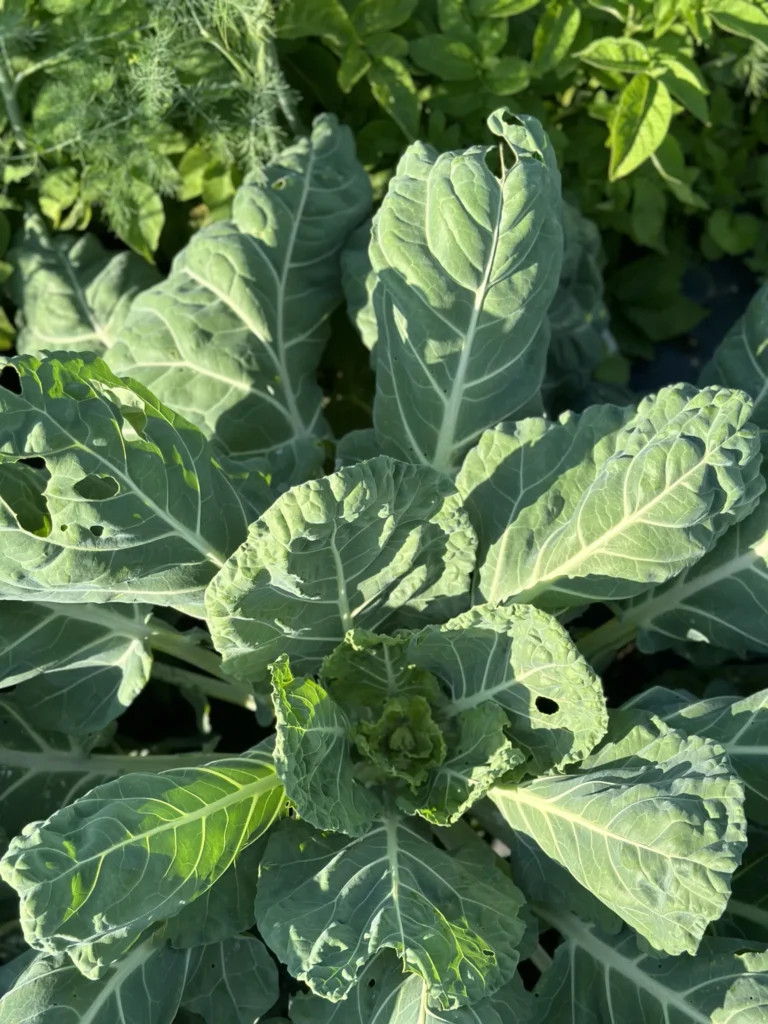
Before diving into the cultivation process, it’s essential to appreciate what makes Brussels sprouts unique. These cool-weather crops are known for their long growing season and are best harvested after the first frost, which sweetens their flavour. They thrive in environments where they can grow during the cooler parts of the year, making them perfect for fall or even winter harvests in milder climates.
Choosing the Right Variety
Selecting the right variety of Brussels sprouts is crucial for your gardening success. Look for varieties that are suited to your climate and the season you wish to plant. Some popular varieties include:
- ‘Long Island Improved’: An heirloom variety known for its reliability and classic flavour.
- ‘Jade Cross’: A hybrid variety that is disease-resistant and ideal for higher yields in smaller spaces.
- ‘Diablo’ and ‘Redarling’: These varieties offer a longer harvest period and are known for their robust flavours.
Planting Brussels Sprouts
Timing: Brussels sprouts require a long growing season, typically around 80-100 days from transplant to harvest. For a fall harvest, start seeds indoors about 6-8 weeks before the last spring frost date, then transplant seedlings into the garden when they’re 4-6 weeks old, or directly sow seeds outdoors in mid to late summer.
Soil and Location: Choose a sunny spot with well-draining soil rich in organic matter. Brussels sprouts prefer a soil pH between 6.0 and 7.0. Amend your soil with compost or well-rotted manure before planting to ensure nutrient-rich conditions.
Planting: Space seedlings or seeds about 18-24 inches apart in rows, allowing about 30 inches between rows. This spacing gives plants room to grow and ensures adequate air circulation, which can help prevent disease.
Caring for Your Brussels Sprouts
- Watering: Keep the soil evenly moist, especially during dry spells. Consistent watering is vital for steady growth and can help prevent the sprouts from becoming tough or bitter.
- Fertilizing: Apply a balanced fertilizer at planting time and side-dress with a nitrogen-rich fertilizer about a month after transplanting to encourage lush leaf growth.
- Pest and Disease Management: Watch for common pests like aphids and cabbage worms. Use floating row covers to protect young plants and apply organic pest control methods as needed.
- Support: Brussels sprouts plants can grow quite tall and may require staking, especially in windy areas, to prevent them from toppling over.
Harvesting and Enjoying Your Brussels Sprouts
Brussels sprouts are ready to harvest when the heads are firm, green, and about 1-2 inches in diameter. Harvest from the bottom of the stalk upward, as the lower sprouts mature first. A light frost can improve their flavour, making them sweeter.
Brussels Sprouts FAQ: Your Questions Answered
What are Brussels sprouts?
Brussels sprouts are a type of leafy green vegetable that belongs to the Brassicaceae family, which also includes cabbage, kale, and broccoli. They grow in a spiral pattern along the side of a long stalk and resemble miniature cabbages.
When is the best time to plant Brussels sprouts?
The best time to plant Brussels sprouts is either in early spring for a summer harvest or in mid to late summer for a harvest in the fall or early winter. Planting times may vary depending on your climate zone.
How long do Brussels sprouts take to grow?
Brussels sprouts typically take about 26 to 31 weeks from planting to harvest. The exact time can vary based on the variety and local growing conditions.
Do Brussels sprouts need full sun?
Yes, Brussels sprouts require full sun, meaning at least 6 to 8 hours of direct sunlight each day, to grow properly and produce a bountiful harvest.
How much space do Brussels sprouts plants need?
Brussels sprouts plants should be spaced about 18 to 24 inches apart in rows that are 30 to 36 inches apart. This allows enough room for the plants to grow and for air circulation to reduce the risk of disease.
Can you eat the leaves of Brussels sprouts plants?
Yes, the leaves of Brussels sprouts plants are edible and can be cooked and eaten similar to collard greens or kale. They are nutritious and add variety to meals.
Why are my Brussels sprouts not forming heads?
Several factors can prevent Brussels sprouts from forming heads, including too high temperatures, insufficient sunlight, overcrowding, and inadequate nutrients. Proper care and attention to growing conditions can help ensure successful head formation.
Are Brussels sprouts miniature cabbages?
While Brussels sprouts are often described as looking like miniature cabbages, they are not simply smaller versions of cabbage. Brussels sprouts and cabbages are close relatives within the Brassica family and share many characteristics, but they are distinct varieties of plants. Brussels sprouts grow along the stalk of their plant, while cabbages form a single, large head. The taste and texture of Brussels sprouts are also unique, with a slightly more bitter and complex flavour profile compared to cabbage.
Additional Resources for Brussels Sprouts Enthusiasts
Online Gardening Guides and Websites
- Gardeners’ World: Offers in-depth guides on growing Brussels sprouts, including tips on planting, care, and harvesting.
- The Old Farmer’s Almanac: Provides a comprehensive guide to growing Brussels sprouts, tailored to different climate zones and conditions.
Books on Vegetable Gardening
- “The Vegetable Gardener’s Bible” by Edward C. Smith: Features valuable information on growing Brussels sprouts among other vegetables, with emphasis on organic practices.
- “Brassica Vegetables: Growing Practices and Nutritional Information” by Sarah Warwick: Dives into the specifics of growing Brassica vegetables, including Brussels sprouts, with a focus on their nutritional benefits.
Local Gardening Workshops and Extension Services
- Cooperative Extension Services: Many universities and colleges offer extension services that provide workshops, guides, and expert advice on growing vegetables, including Brussels sprouts.
- Community Garden Associations: Joining a community garden can offer hands-on experience and advice from fellow gardeners on growing Brussels sprouts and other vegetables.
Gardening YouTube Channels
- MIgardener: Offers easy-to-follow gardening tips and tutorials, including videos on growing Brussels sprouts and other cool-season crops.
- GrowVeg: Provides detailed guides and plans for vegetable gardens, with helpful advice on crop rotation, pest control, and harvesting, including specifics on Brussels sprouts.
Final Thoughts: The Joy of Growing Brussels Sprouts
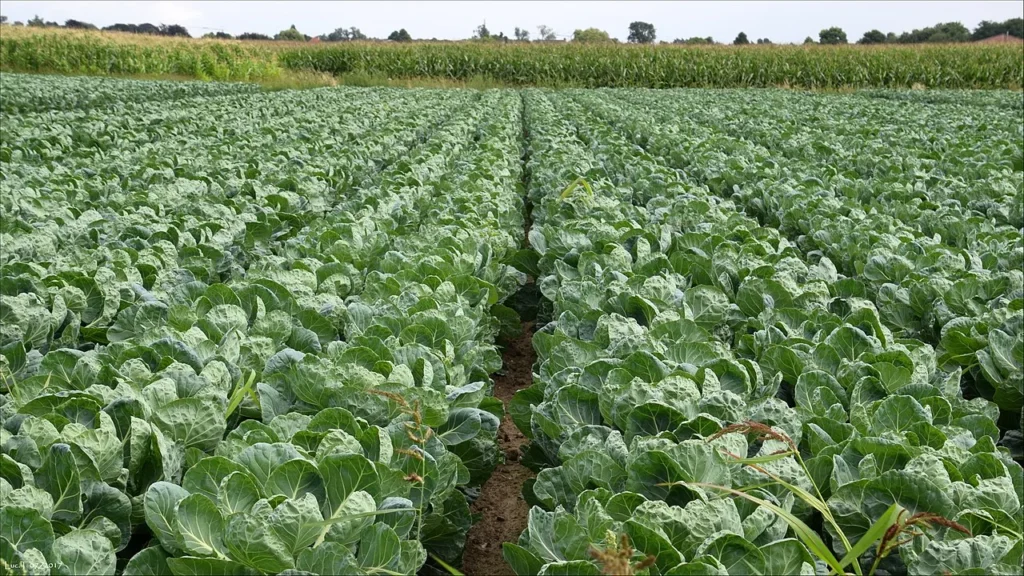
Growing Brussels sprouts in your garden can be a lengthy but rewarding process. These nutritious vegetables not only add variety to your meals but also bring health benefits and visual interest to your garden. With patience and care, you can enjoy a bountiful harvest of Brussels sprouts, ready to be roasted, steamed, or included in delicious autumn and winter dishes.

